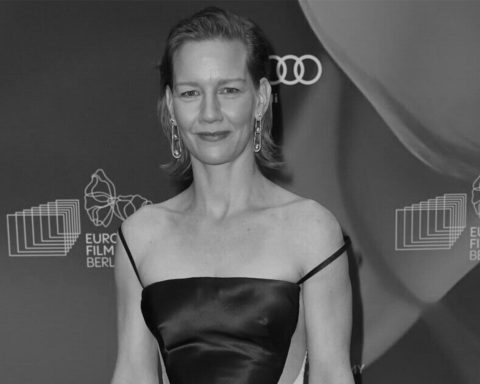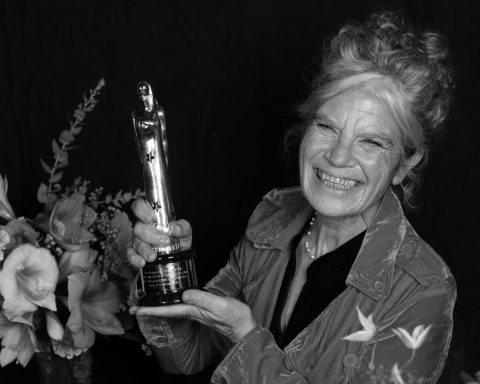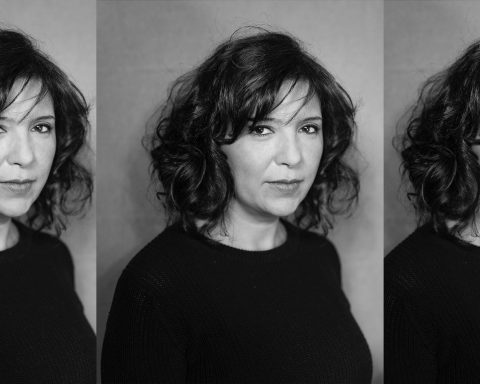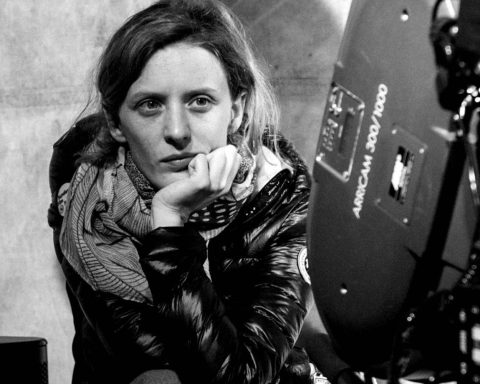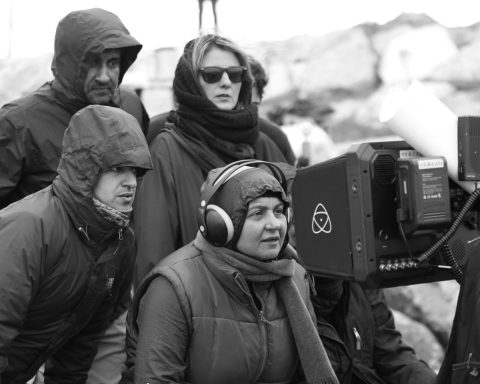Seidi Haarla was born in Kirkkonummi, Finland, and now lives in Turku on the country’s southwest coast. Her acting career began in 2004 with performances on stage at the Helsinki Student Theater. Her formal training in acting started in 2005 with one semester at the Russian State Theater Academy in Saint Petersburg. She completed a Master’s in Theater and Drama in 2015 at the Art University of Helsinki. In 2018, she starred in “Love&Order,” which won Finland’s Best TV Series Award. She played the leading role in the omnibus film “Force of Habit,” which was nominated for Best Finnish Film at the Finnish Academy Awards – the Jussi Awards. Most recently, she was cast as the lead in “Compartment No 6” by Juho Kuosmanen whose previous film, “The Happiest Day in the Life of Olli Mäki,” premiered in the Un Certain Regard Section at the Cannes Film Festival, where it won the Un Certain Regard Prize and was selected as the Finnish candidate for Best Foreign Film at the 89th Academy Awards. Seidi has also co-written and acted in the critically acclaimed auto-fictive theater plays “The Trauma Body” (2014) and “New Childhood” (2020).
Ahead of the 2021 European Shooting Stars Awards Ceremony on Monday 14 June during the Berlinale Summer Special, Tara Karajica talks to Seidi Haarla about being an actress, a European Shooting Star, women in film and her next projects.
What made you want to become an actress?
Seidi Haarla: Now, I think I became an actress because I didn’t know who I was and acting was the solution to having people around. Having people around enables interaction and mirroring, structuring and maybe opens up for love. For me, that has been the way to grow up and start healing from the original void, the void being the sense of myself.
You made your film debut in Force of Habit by Elli Toivoniemi, Kirsikka Saari, Anna Paavilainen, Alli Haapasalo, Reetta Aalto, Jenni Toivoniemi and Miia Tervo. It is a film about #metoo and the female gaze that exposes power dynamics, sexual abuse and the male gaze, but one that is also about the strength, resilience, and perseverance of (abused) women. Can you elaborate on that?
S.H.: I think it’s about changing power systems. Patriarchy is a structure where some benefit from others being exploited and kept isolated. Sharing those experiences – #metoo or those seven writer/directors/friends before #metoo – and revealing how similar the stories/truths switched the power system to a different position. And, when a movement happens anywhere, it moves things around. Suddenly, there is space for questions where there wasn’t before. But, the movement can’t stop, it needs to continue until it’s impossible for the surroundings, the environment to stay put. And, I also believe in increasing education in emotional skills and empathy; in other words, the more responsibility we take for our shi**y starting points in those skills and deal with our own traumas, the better bases we can offer to the next generation.
Can you talk about the character of Katja in Force of Habit? How do you see Katja? Are you anything like her?
S.H.: Maybe I am every character I play… I mean, could one play someone or something without already being or at least becoming them or it? Maybe Katja is more afraid of making a scene or to be seen than I am but, on the other hand, I found the experience of being an outcast quite familiar, which might also be quite universal…
How have you prepared for this role? What drew you to it?
S.H.: I wanted to work with Jenni Toivoniemi, and I am really into dealing with taboos and gender-based abuse, harassment and violence was that. And, of course, at that time, I had also been dealing with my own experiences from the position of the victim and also realizing my own misogynistic gazes and behaviors, so I’d say I was sensitive and ready for the contents the film was about. I was really thankful to be part of that particular group.
You have acted on the stage and in film. Which one do you prefer? Why?
S.H.: For me, the things that matter the most are the people who work together and the script. The best situation is where I get to be a part of a larger group creating a world. In this sense, theater and performing arts are more often the concept where this is possible, but I think it’s the future also in cinema. I’m also a playwright, but my favorite position is that of the actor.
How do you pick a role? Which one is your favorite, if any?
S.H.: I see that roles and projects are a picture of my life at a certain moment or phase. Maybe I believe that every role is a chance to learn something new about myself and also about this life. In my last auto-fictive play, I just wrote myself a character who was a pedofile because I wanted to explore absolute iniquity, acceptance and understanding. Maybe, I’ll be yearning for something lighter next… On the other hand, I’m often fascinated by the union of tragedy and humor.
What does being a European Shooting Star mean for your career and how do you think it will impact it?
S.H.: I don’t know… First came joy about someone liking me, than fear of disappointing them, then self-hatred and comparison to others, and then, finally, during the last day of the three-day online event, I could enjoy meeting new people and I felt that it’s possible to share something and get closer. Now, I’m grateful for having met those people and trusting that that’ll do. Trusting the exposure for life.
What does it take to be a star, according to you?
S.H.: Amounts of energy inside and its composition and ability to reorganize the energy in relations with the present moment.
There has been a lot of talk about women in film these past three years. What do you make of the situation of women in film? How is the situation in Finland? In your opinion, has Force of Habit contributed to a shift or opened a conversation?
S.H.: Of course, Force of Habit was a revolutionary film which made many of us face some uncomfortable parts of reality. Especially valuable and constructive is the Yksittäistapaus awareness campaign which provides the Yksittäistapaus short films and some tools and materials for discussing gender-based violence, abuse and harassment in schools and working communities. On a larger scale, more strides towards feministic art-making and society are being made. For example, women filmmakers are now getting about 50% of the funding compared to less then ten years ago, when the number was less than 25%. Last year, the Finnish actress Saara Kotkaniemi released a survey based on sixty interviews with professional actors and directors about experiences doing intimate scenes on camera. Based on the survey she did, a guideline for doing intimate scenes on camera has been published and can now be found on the webpage of the Finnish Film Fund. Also, discussions in the Finnish Parliament about whether gender should or could be a factor in hardening judgements for hatred speech makes me happy.
Who is your favorite female filmmaker? Is there one you would love to work with?
S.H.: The list of filmmakers I want to work with is endless. That being said, May el-Toukhy, Maren Ade, Michaela Coel, Auli Mantila, Selma Vilhunen, Hannaleena Hauru and Miia Tervo…
I understand Compartment No 6 by Juho Kuosmanen is your next project. Can you talk about it?
S.H.: Compartment No 6 is now in post-production and I can’t wait to see it finished and get to realize what kind of ambience, movement and reach it’ll cause.
What else do you have in the pipeline?
S.H.: Board work at the District Association of the Feminist Party of Southwest Finland and a long-term theater project somehow dealing with Dostojevsky’s Karamazov Brothers and the search for a good human.
Photo credit: Heli Blåfield.
This interview was conducted in partnership with:







